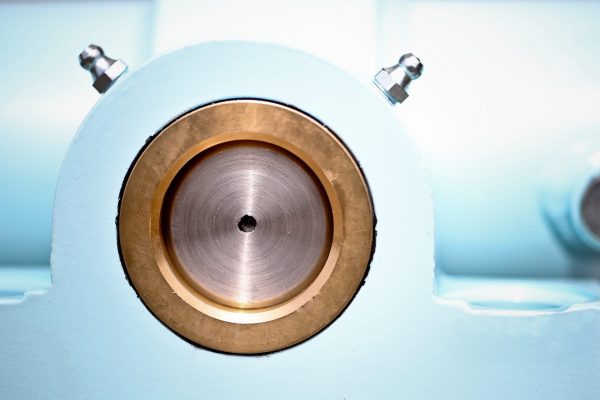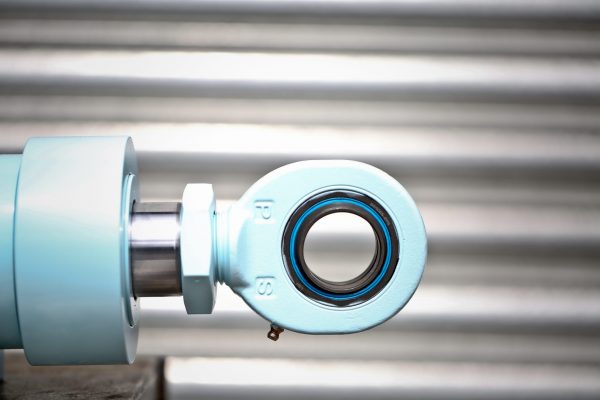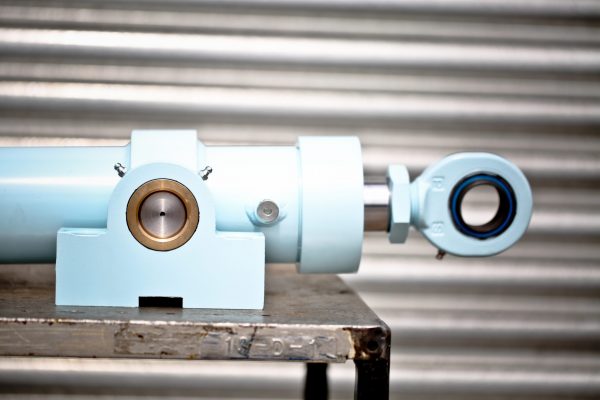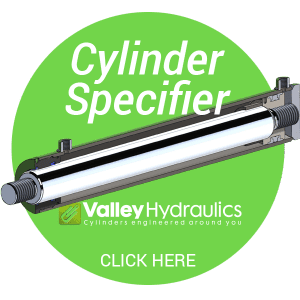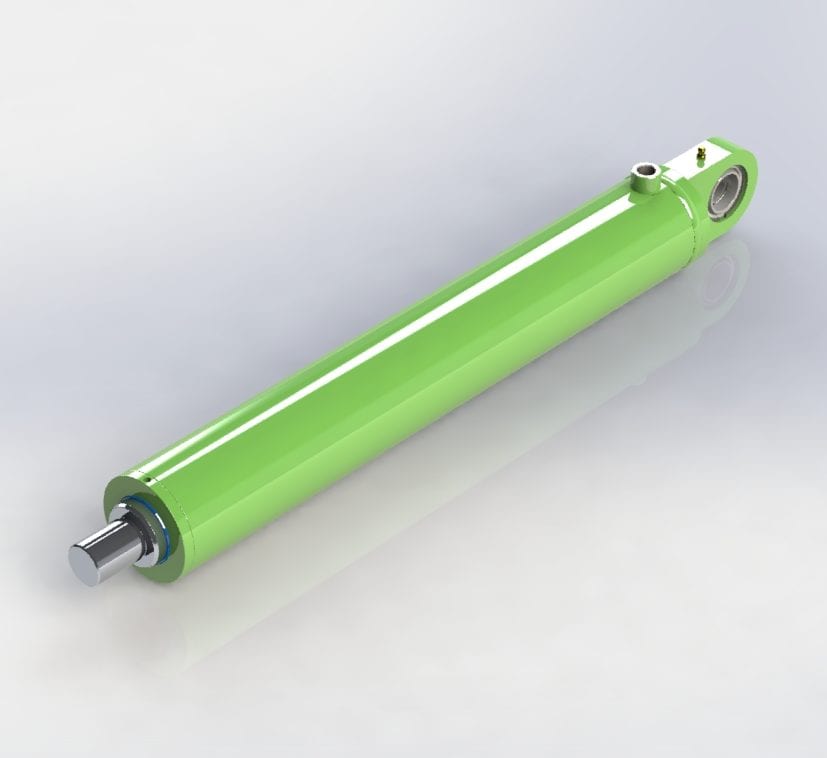
Benefits
- Cost effective
- Avoid corrosion in the tube bore as the cylinder is filled with oil
Disadvantages
- Only works in extension
- Extension force is less than single acting cylinders of the same size
- Less control than double acting cylinders
- Limited range of hydraulic valves can be used with the cylinder
- Requires external force to retract the cylinder

